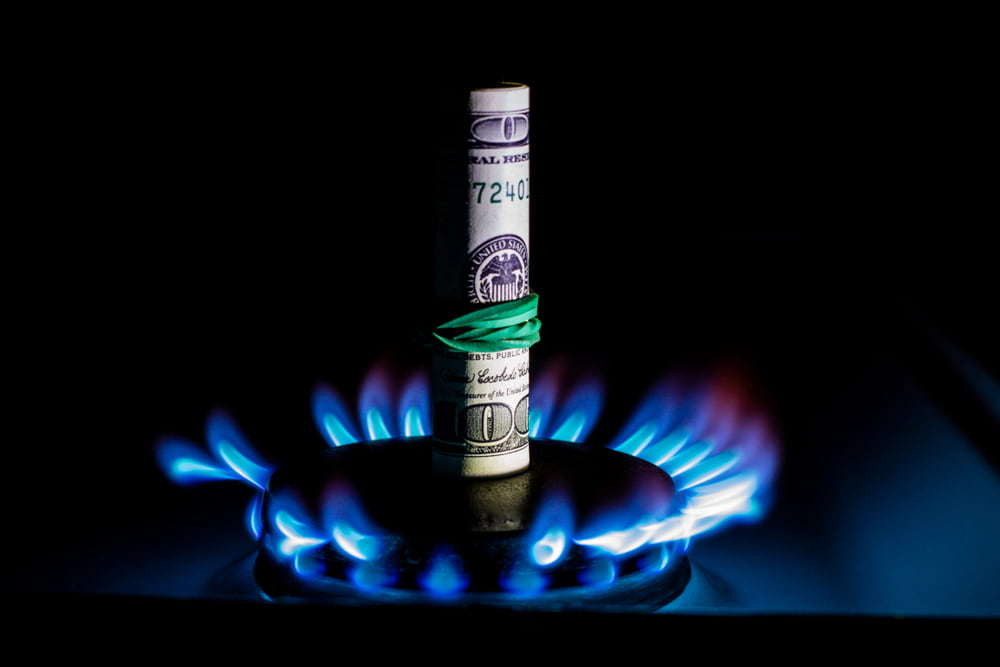Natural gas (natgas) got crushed since reaching its peak in early October. It went down from a multi-year high of $6.47/MMBtu on October 5 to close at $3.65 on December 6 for the January contract. That is a whopping 43.5% drop. Even more striking is the fact that January futures contracts, as a rule, command a higher premium than futures contracts for the rest of the year.
We have previously written about the possibility of natgas being crushed if the winter stays warmer than average because the high prices were based on a “perceived” shortage of gas rather than fundamentals. Nevertheless, now we have a very different price and we need to look to see if natgas is on its last legs or will it take time to consolidate and bounce back.

A quick technical analysis of natural gas prices indicates that the current price level is susceptible to an additional round of beating. A more solid base could be seen closer to the $3.20-3.30 level which was the resistance point last winter. On the other hand, a more serious cold spell could push prices considerably higher, possibly near the current 50 days EMA (exponential moving average) at $4.80.
Natural Gas Market Still Markedly Tight
Despite the fact that supply-demand balance is not substantially skewed to one or another side but certain tightness can be observed. In spite of the weather being warmer than average almost all autumn, the storage gauge is moving in tandem with the 5-year average. Therefore, we can assume that even a normal winter would push storage somewhat below the historical average.

As of Friday, November 26, 2021, according to EIA estimates, working gas in storage was 3,564 Bcf. Stocks were 375 Bcf less than last year at this time and 86 Bcf below the five-year average of 3,650 Bcf.
Therefore, we can compare this deviation to the historical price average in the comparative storage deficit situation.

As we can see from the above graph, before the natural gas price drop it was overvalued from a historical perspective when the storage was at a comparable deficit. From 2013 to 2020 average price when the storage is at 80-90 Bcf deficit is around $3.30s (marked on the graph as a black cross).
Moreover, 2021 storage had been near the historical average most of the time but the price had a very large radius. Clearly, blue dots in the range of $5-6$ were rather out of the picture if we compare to the last ten years, except for 2014. But even then, the storage deficit was much larger most of the time.

Unfortunately for natgas bulls, they keep charging against the wind as weather deviates even more to the warm side over the next 14 days.
December outlook
We have been in this situation before. Very often market gives up too early as the price is caught in the downward spiral while cold stays elusive. In such years natgas gets beaten before Christmas. But during the holiday season, one needs to be careful because the market is light and on some days closed for three days in a row.
During that time weather forecast can change dramatically and many traders can get caught off guard as often January can be quite cold in the Eastern part of the US. But those cold spells need to be long enough to sustain such a rally. The closer market gets to the spring shoulder season the more numb it is to the late cold.
Disclaimer: This article is the author’s personal opinion and is not a recommendation to buy or sell any stocks, futures, or other derivatives.









